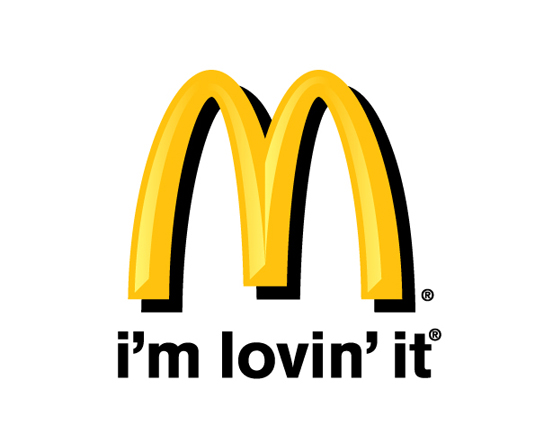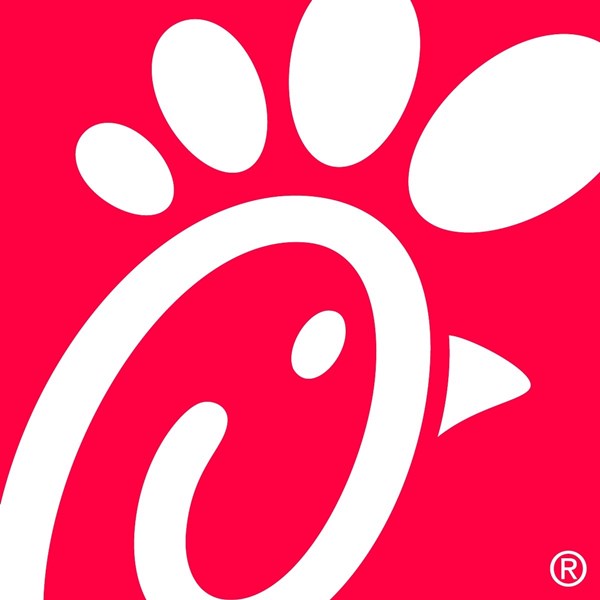 |
 |
 |
 |
Since first quarter 2010, credit unions have added nearly 50,000 full- and part-time employees that’s a 17% growth rate in a six-year span. As the industry continues its unprecedented growth, adding quality employees is a chief operational need.
Credit unions spend considerable time and money marketing themselves to potential members, but it’s just as important to consider how to promote themselves to potential employees. That’s where a strong, favorable employer brand comes in handy.
Put simply, an employer brand comprises nearly every aspect of company work life. It’s evident in things like the company website, its social media presence, and general word-of-mouth. Managing this brand helps companies increase the number and quality of job candidates they receive.
The company brand is an important part of culture, engagement, and, ultimately, financial success. However, in a 2015 study from HR compliance company BLR, only 27% of companies surveyed had a formal employer-branding program. What’s more, it wasn’t even on the radar for nearly 60% of the respondents.
Although many credit unions are building strong employer brands, some of the best lessons and representations of this occur outside the financial services industry. L’Oral, McDonald’s, and Wal-Mart are three such companies that offer important lessons for building a positive employer brand.
Lesson No. 1: Be Transparent
Building a strong employer brand requires buy-in from all levels of an organization from front-line staff to the CEO. But it’s the marketing department that has one of the largest roles in creating and developing this brand.
Increasingly, when people look for information on the standards, benefits, and culture of a workplace, they turn to LinkedIn, Facebook, Twitter, and Instagram. And just as companies evaluate potential hires by the content on their social media feeds, so, too, do potential hires judge companies by social media.
Fundamentally, social media has become a space to cultivate reputation and brand, and marketing is the gatekeeper to social media in many companies.
Companies that best leverage social media to their benefit are increasingly doing so by being more transparent. They use social platforms to showcase the quality and dedication of their employees in the hopes of attracting the next batch of quality and dedicated employees.
L’Oral, the Paris-based cosmetics company, is one company that is furthering its employer brand on social media. In addition to employee testimonials, the company encourages its employees to post about their work life, especially on Instagram.
Does your company have an employment brand program (i.e., a program directed at employees and potential employees as opposed to a general brand program directed at the population at large)?

If you do not have a formal employment brand program, are you considering one?

People are already talking about you every day, said Alexander Onish, L’Oral’s digital employer branding manager, in an October 2015 Econsultancy blog post. If you go through social media you’ll see people tweeting about a successful meeting or posting on Instagram while they’re still at the office. We wanted to encourage that and get people to spread the message about their careers with the outside world.
The company asks employees active on social media to use the hashtags #LifeatLoreal and #LorealCommunity when showing interactions with colleagues at work and elsewhere. The strategy has resulted in an increase of approximately 200,000 unique impressions on Instagram.
Credit unions spend considerable time and money marketing themselves to potential members, but it’s just as important to consider how to promote themselves to potential employees. That’s where a strong, favorable employer brand comes in handy.
Lesson No. 2: Invest In Employees
As society changes, so do the workplaces within. In the United States, hours have become more flexible and the dress more casual. All told, worker demands and expectations are greater than they’ve ever been.
In terms of building an employer brand, existing employees can be the best brand ambassadors. Therefore, keeping these employees not just satisfied but also engaged should be a primary goal of any organization.
A basic building block for employer brand is workplace benefits. One way to lay a solid foundation is to regularly evaluate benefits to ensure the company is addressing pain points in company culture and then publicize those benefits for prospective employees. Doing this also shows current employees the company cares about keeping up-to-date with a changing workforce.
Of course, benefits take many shapes and sizes. Google receives a lot of media attention for its employee perks, but many companies cannot afford to emulate the tech giant, nor should they try. Instead, companies are better served by learning about the wants and needs of its own employees before splurging on a nap room or a rooftop bowling alley. The fast food chain Chick-fil-A often ranks first in restaurant customer service surveys. Why? For starters, it invests heavily in employee training and encourages franchisees to ask employees about and then try to help them achieve their career goals, whether through financial or other supportive means.
Chick-fil-A is a pantheon of customer service. So much so that Langley FCU has been known to recruit front-line employees from the chicken chain. Learn more in How To Build A Staff Centered On Sales on CreditUnions.com.
Last year, retail giant Wal-Mart recently announced it is investing $2.7 billion over two years to increase wages, schedule improvements, and train employees. McDonald’s, the world’s largest hamburger fast food restaurant, plans to raise its hourly wage to $10 by the end of 2016 besting Chick-fil-A’s $8.44 average and allow workers to earn up to five days of paid vacation every year. It is also investing in training to improve its customer service.
How these added benefits will ultimately impact employer branding remains to be seen, but the changes are steps in the right direction.
Lesson No. 3: Communicate Throughout The Employee Lifecycle
Employees first come into contact with an employer’s brand before the recruitment process even begins. Still, it’s important for organizations to continually communicate that brand throughout the employee lifecycle.
A strong employer brand helps attract new talent, but there are other opportunities to push brand messages early in the employee relationship. During the interview process, for example, an interviewer’s professionalism and preparedness reflects directly on the organization and a positive or poor first impression factors into a candidate’s decision on whether to take the position.
Once a potential employee accepts an offer, onboarding provides another opportunity for an organization to communicate its employer brand. A well-designed and informative induction process helps new hires acclimate to their workforce, even the better if onboarding matches in content and personality to the employer brand.
Continuing to deliver on brand promises shows employees the company cares about more than first impressions. Reward and recognition, training and development, and career path plans all serve to show employees they are an ongoing part of the employer brand. And importantly, programs like this also align the perception of employer brand with the reality of employee experience.
Finally, even organizations with strong employer brands experience turnover. But that doesn’t mean the relationship has to end. Former employees can continue to be positive brand ambassadors after their time with the company is over. That’s why it’s important to take the time to garner feedback via exit interviews and celebrate the accomplishments of the employee on their way out.
After all, the best companies invest in employer brands to not only attract new hires but also create a network of former employees to continue building that brand for generations to come. It’s equity paid forward, and that’s a concept that should resonate with credit unions everywhere.